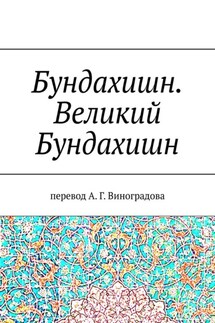Английский язык. Сборник практических заданий по энергетике с ответами - страница 2
3. by virtue of its motion __________________________________________
4. to accelerate the object to a particular velocity ________________________
5. the temperature depends on the motion ___________________________
6. ultraviolet radiation _____________________________________________
7. visible light ____________________________________________________
8. the movement of charges _________________________________________
9. nuclear fission ___________________________________________________
10. nuclear fusion ___________________________________________________
11. the emission of atomic particles _____________________________________
1.10. Заполните пропуски терминами, данными в конце упражнения
1. Energy can be defined as the _____ to do work.
2. Kinetic energy is possessed by a _____ object by virtue of its motion.
3. Sound energy consists of moving waves of _____ in a medium such as air, water, or metal.
4. The movement of charges constitutes an _____ _____, which flows between two objects at different potentials when they are joined by a _____.
5. The splitting process is known as nuclear _____, the joining together as nuclear _____.
_____________________________________________________________________
Pressure; ability; moving; fission; fusion; conductor; electrical energy.
1.11. Дайте ответы на вопросы по теме:
1. What is energy?
2. What types of energy do you know?
3. Is kinetic energy possessed by a moving object by virtue of its motion?
4. When is radiant energy emitted?
5. What does sound energy consist of?
6. When has matter electrical energy?
7. What energy is released in chemical reactions?
8. When is nuclear energy produced?
9. What phenomenon is called the principle of conservation of energy?
10. What does the Theory of Relativity show?
1.12. Переведите предложения на русский язык письменно.
1. Physicists classify energy into several types: kinetic, potential, heat, sound, radiant energy and electrical, chemical, and nuclear energy.
2. The two principal forms of kinetic energy are known as translational (поступательная энергия) and rotational(энергия вращения).
3. An object possesses heat, or thermal energy by virtue of its temperature.
4. Radiant energy consists of electromagnetic radiation and includes radio waves, visible light, ultraviolet and infrared radiation, and X-rays.
5. Chemical energy is possessed by substances that undergo a chemical reacton, such as combustion.
6. The splitting process is known as nuclear fission, the joining together as nuclear fusion.
7. The principle of conservation of energy states that energy can neither be created nor destroyed but only converted into other forms.
8. Four properties of a wave can be distinguished and described mathematically: wavelength, frequency, velocity and amplitude.
Тема 2. Звуковая энергия
2.1. Найдите перевод терминов.
| 1. waves of alternate compression | а) волны с чередующимся сжатием |
| b) продольные волны | |
| 2. longitudinal waves | c) постоянная скорость |
| 3. transverse waves | d) среда |
| 4. human throat | e) голосовые связки |
| 5. constant velocity | f) горло человека |
| 6 medium | g) поперечные волны |
| 7. frequency range | h) частотный диапазон |
| 8. vocal cords | i) разрежение, ослабление |
| 9. wavelength | j) длина волны |
| 10. rarefaction | k) уменьшать |
| 11. to increase | l) увеличивать |
| 12. to decrease |
2.2. Переведите однокоренные слова:
| Существительные | Глаголы |
| 1. origin (? _____) |






